Keeping it in the family: My start down the path of succession planning
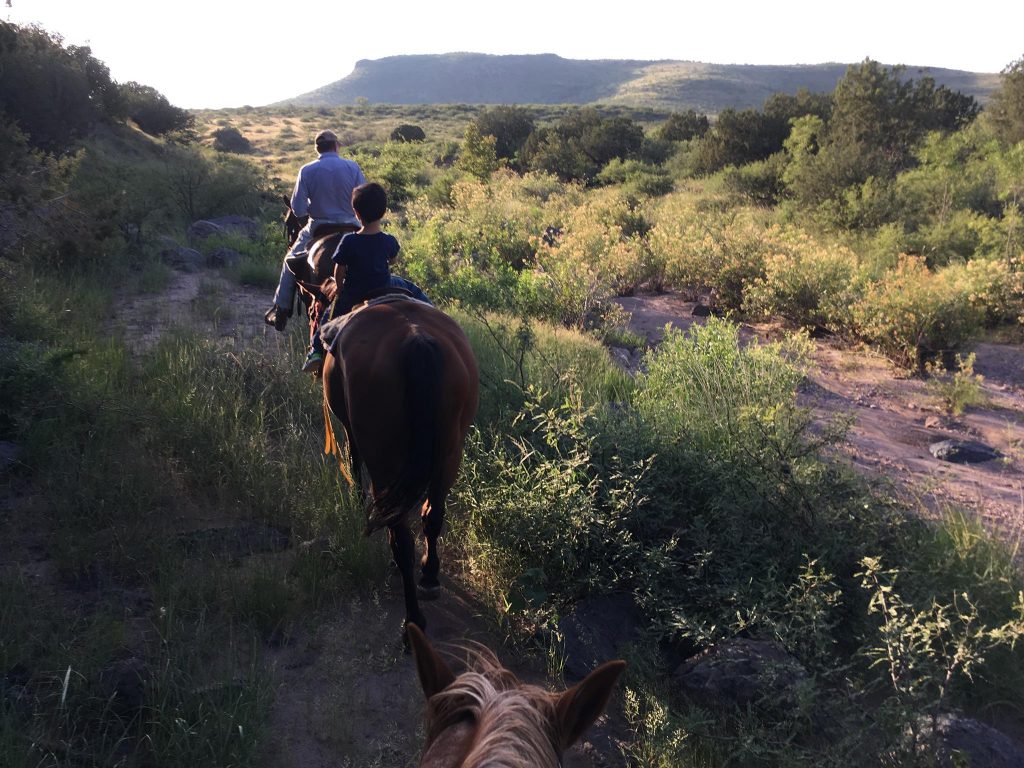
By Sarah Parmar, Sycamore Canyon Ranch, and Director of Conservation, Colorado Open Lands
Last summer, I told my colleagues that I would be taking a sabbatical from work to develop a succession plan for my family ranch, a 300-head cow-calf operation in southern Arizona. “Succession plan” was such a nebulous term that I felt like I needed dedicated time just to figure out what it meant before I could create one. It was overdue. In 2013, one week before my son’s birth, my father had an accident while riding that could have easily killed him, and nearly did. I already knew of cases where a sudden death or medical emergency had cost a family their ranch. We had been lucky, but thoughts of how things might have gone haunted me. However, I had my own subsequent turmoil emerge in the form of a challenging divorce, and succession planning went back to the bottom of the priority list. It wasn’t until my parents shared their decision to move off the ranch within a few years that I knew I needed to make planning a priority, especially if I wanted my son to have the same opportunities I had.
I am also a single mom living nearly 1,000 miles away, with shared child custody that will keep me from being able to live on the ranch for another twelve years. I joke that part of my succession planning is trying to figure out how to be a non-wealthy absentee rancher, because it is my desire to move onto the ranch when I am able.
Sarah Parmar
Striving to be a non-wealthy absentee rancher
I am the sixth generation to be fortunate enough to grow up on our ranch and I am an only child, so succession planning seems simple enough – no messy financial equitability to be fought over. However, I am also a single mom living nearly 1,000 miles away, with shared child custody that will keep me from being able to live on the ranch for another twelve years. I joke that part of my succession planning is trying to figure out how to be a non-wealthy absentee rancher, because it is my desire to move onto the ranch when I am able.
I have come to believe that every family’s situation is unique and therefore every succession plan is uniquely challenging. This may be one of the reasons we put it off for so long: because it feels overwhelming and we’re not quite sure where to begin. I’d like to share how I got started and key resources that I found on my journey.
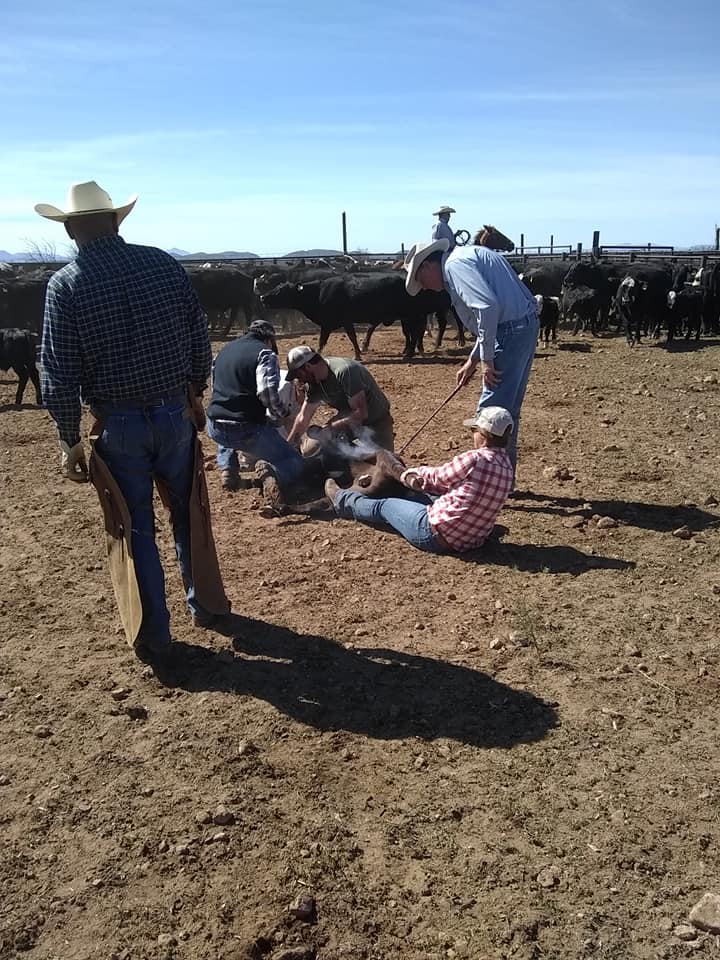
Prepare yourself first
Many experts will tell you that this process begins by talking with everyone who has a stake in the future. I almost agree, but I can’t tell you how glad I am that I took the time to prepare myself for those conversations. First, by getting really clear on my own hopes and goals, skills I have and what I still need, and what I am willing to put into working toward my goals. But just as importantly, I did some deep thinking about the dynamics of my family.
I worked through the document Farm Succession and Transfer: Strategies for the Junior Generation from Land for Good, which forced me to identify the different communications styles of the people involved. Does one person speak over others? Does one person tend to think big picture while another immediately dives into details and logistics? You’re going to be talking about uncomfortable and emotional things, so helping yourself and others have space to speak and listen is critical.
Set ground rules and establish shared principles
For our first conversation, my mother, father, and I agreed on a set of questions to work through and each person took turns answering. Our ground rules were that there would be no interrupting, but there could be clarifying questions after the person finished, and that if someone raised something that they felt was important, but not relevant to the immediate discussion, we would write it down to make sure that person knew it wouldn’t be “lost.” While it felt a bit strange to propose ground rules for our conversation, we all understood what an important talk this was and wanted it to be productive (we also had this talk on a 14-hour drive, so the stakes were extra high to keep the conversation positive!). I took notes and shared those back afterward to give everyone an opportunity to ensure that they felt their thoughts were accurately reflected. I know that for some families, having a neutral third party to facilitate can be incredibly helpful.
We agreed that we could develop a shared vision for the next twenty years and work backward according to certain principles. For example, the ranch should continue to be financially self-sustaining. Also, if animal care was compromised or land stewardship was suffering irreversibly during my absentee management, then we should sell. From that conversation, we began to develop a game plan for the three primary components of succession:
- Transfer of management
- Transfer of ownership
- Division of income
We focused on transfer of management first because my parents plan to move off of the ranch before I am able to move on, so we all agreed that it would be imperative for me to fill gaps in institutional knowledge as much as possible while they were still on the ranch. However, for families where there are multiple heirs or other family stakeholders, division of income may be the first thing to tackle.
As part of our management transition plan, we agreed that for one year, my father would send me a daily email summary of what was done on the ranch, and we have now begun weekly planning calls. We agreed to begin making joint management decisions in years two and three and my fiancé and I will take on primary decision making when my parents move off of the ranch. They will retain ownership and together we will continue to explore the best mechanisms for conveyance and whether that is upon death or before. Iowa State’s Farm Transfer Plan worksheet provides a helpful format to work through in thinking about real decisions that need to be made and how and when that transfer of decision making will occur.
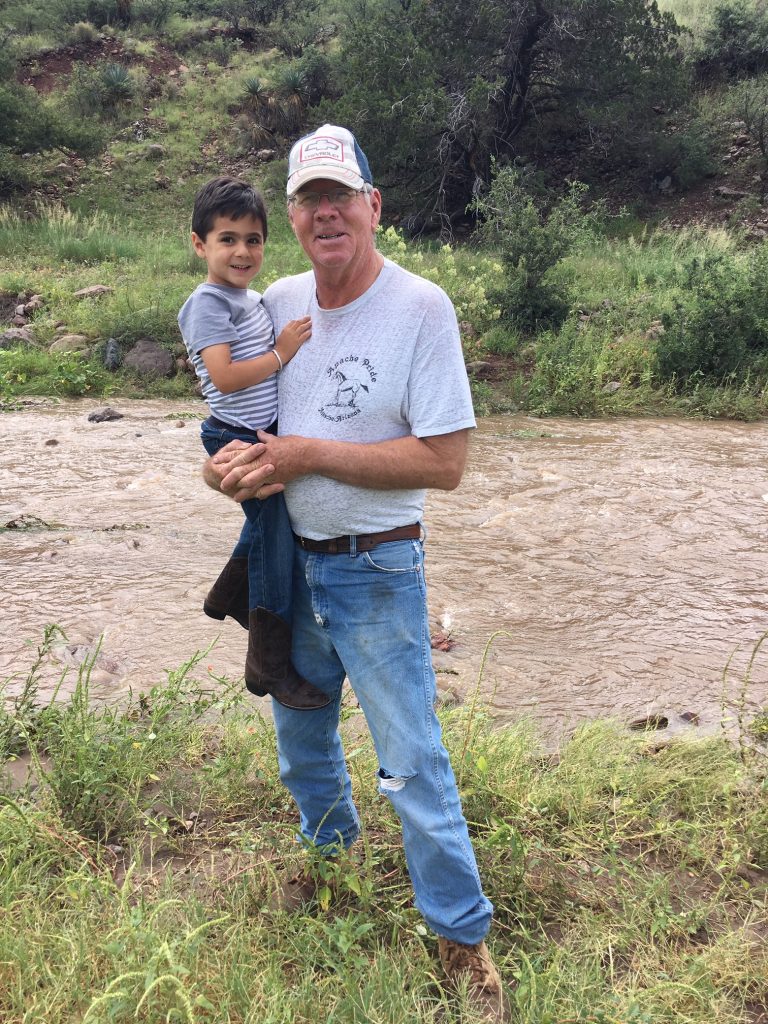
Succession planning is a marathon, not a sprint
Succession planning is a marathon, not a sprint. We are far from done and know things will change along the way, but we have developed a solid foundation that gives us all confidence in continuing down the path. By embracing this messy thing called succession planning—seeing it as more than a set of checklists but as the opportunity for exchanging institutional knowledge and lessons hard learned, for new ideas and perspective, for seeking out expertise, partnership, and mentorship—we believe our operation will be stronger for it.
Below are websites which contain a compilation of resources on different aspects of succession planning. They range from “softer” topics, such as how to have a constructive family dialogue around challenging and loaded topics to more technical tools, such as legal structure options for transfer of assets. This is not an exhaustive list of all websites, articles, or resources, of which there are an overwhelming number. Rather these are four places I would recommend going which all contain thorough and helpful resources, rather than just individual pieces of the puzzle.
Contains good overview of the transition components to consider (transfer of labor, management, assets and identification and management of possible risks/barriers) as well as pdf worksheets that senior and junior generations can work through together.
University of Wyoming “Passing it On” Resource Guide
Comprehensive guide authored by two UWyo extension agents which includes family dynamics, business planning, and lots of information on estates and federal tax implications. Also includes Excel spreadsheet versions of worksheets in the guide, such as a personal financial statement.
Land for Good Farm Transfer Toolbox
Several articles and documents, some with more of applicability for Northeastern US and small-scale farms, but one of the only sources with a guide exclusively for the junior generation. You must provide an email for Land for Good which will send you a link to download (but will not continue to bombard you).
Land for Good Attorney Compendium for Farm Transfer
Drafted for attorneys who serve farm families, these chapters can be downloaded by topic (business planning, estate planning, and tax planning) and may serve as a helpful resource for someone who is trying to gain as much information as they can independently before meeting with an attorney.
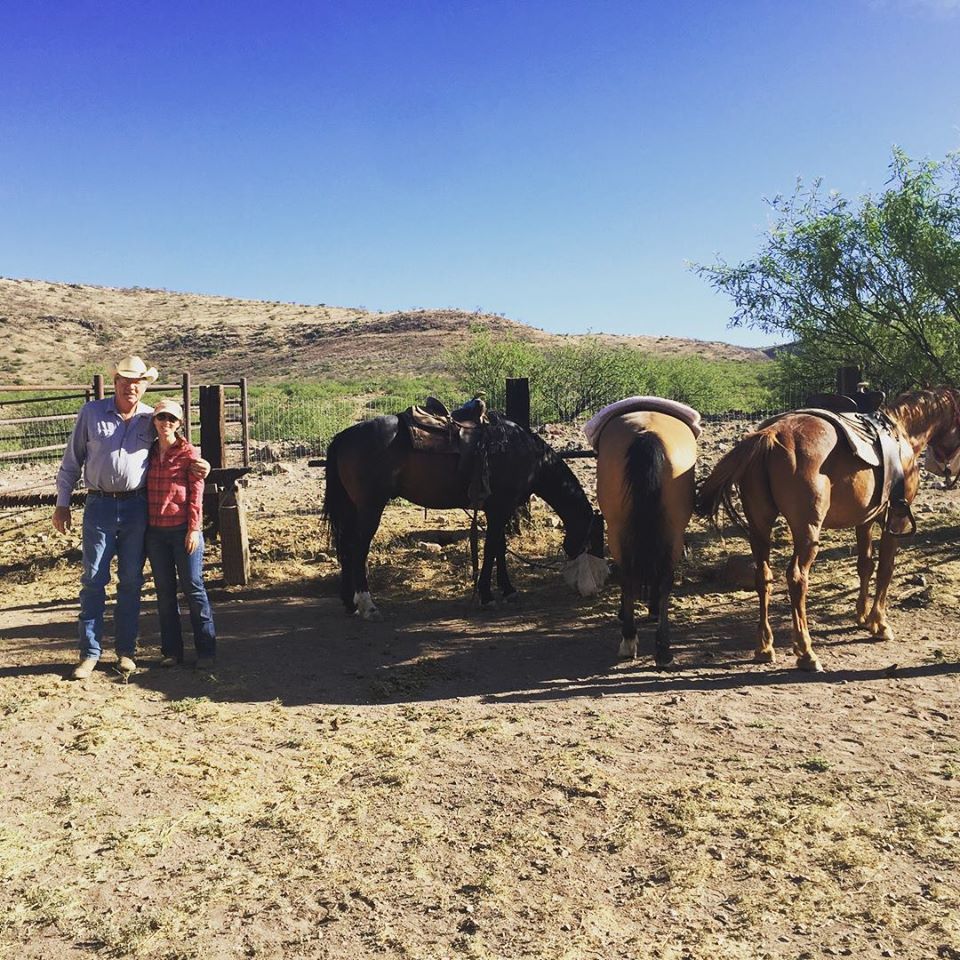
About the author
Sarah Parmar lives and works in Denver, Colorado, serving as director of conservation with Colorado Open Lands, where she leads private land conservation work. She is currently the chair of the Colorado Conservation Easement Oversight Commission. She came to Colorado from the hot Arizona sun where she completed her M.S. in Agricultural & Resource Economics, conducting research on land and wildlife issues, especially on the law of conservation easements. She grew up as the sixth generation on the Sycamore Canyon Ranch in Southeastern Arizona, where her parents and their ranching community established the Malpai Borderlands Group, a pioneering and award-winning collaborative conservation organization.
1 Comment
Join WLA to stay up to date on the most important news and policy for land stewards.
Become a member for free today and we will send you the news and policy developments critical to the economic and ecological health of working lands.
WLA works on behalf of landowners and practitioners throughout the West. We will never share your contact information with anyone.
©2025 Western Landowners Alliance • PO BOX 27798, Denver, CO 80227 • 505.466.1495
Western Landowners Alliance is a 501 (c)(3) non-profit recognized by the IRS.
Tax ID: 46-1346488
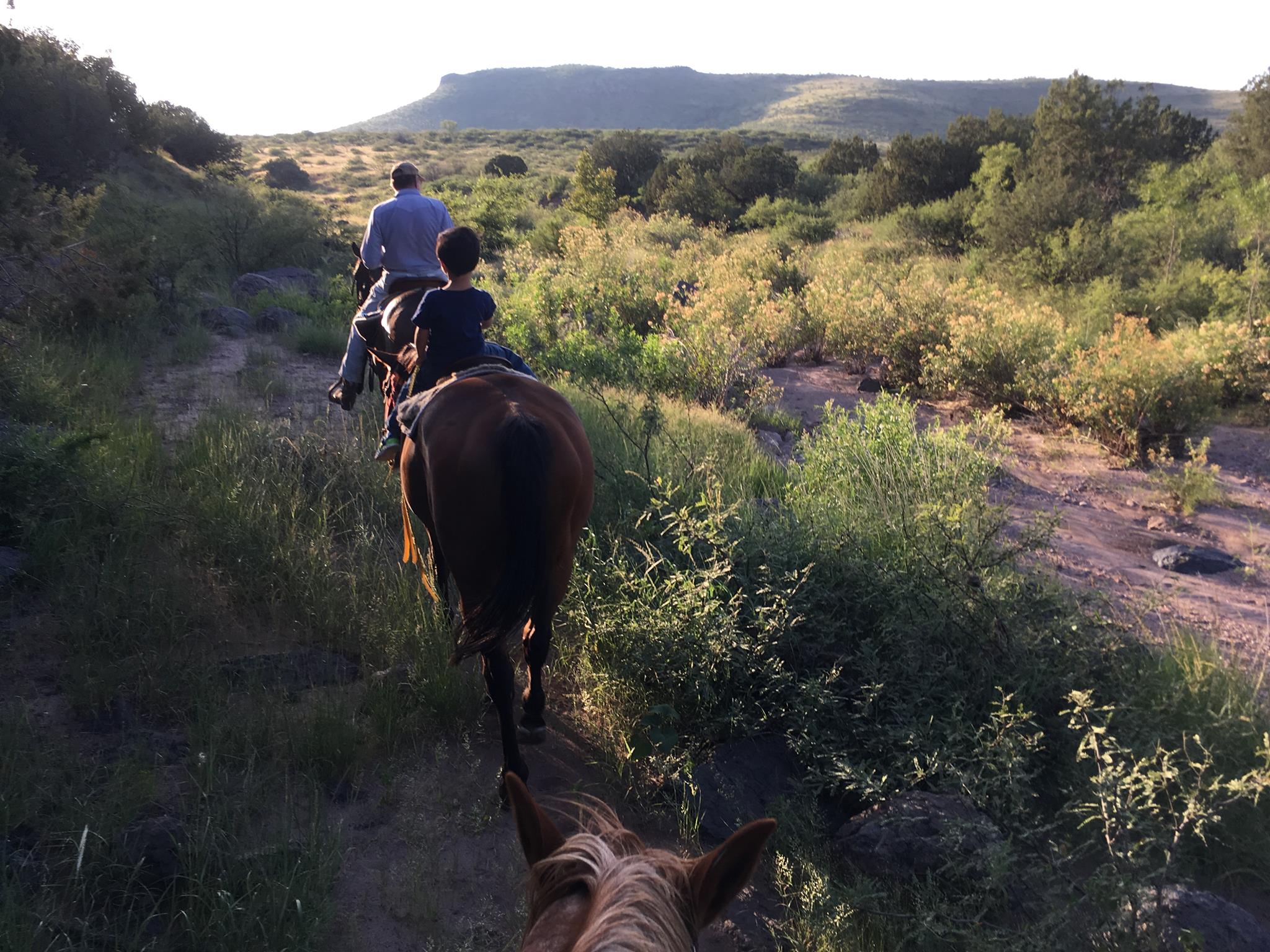
Excellent, inspiring, informative article, Sarah. Thanks for taking the time to share your journey in a way that helps others successfully chart their own paths to and through succession.